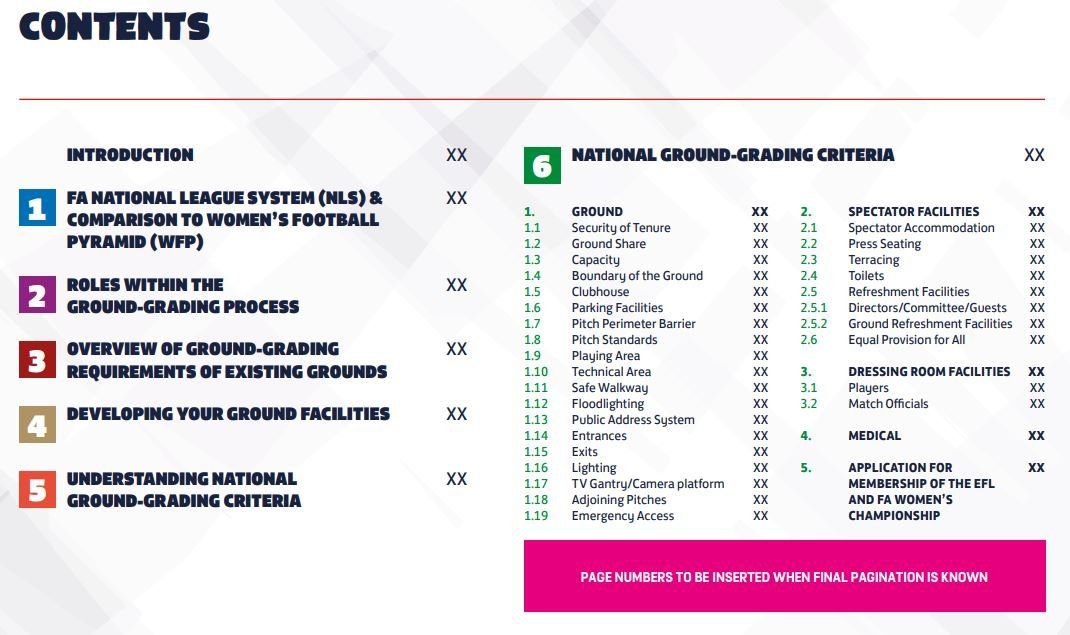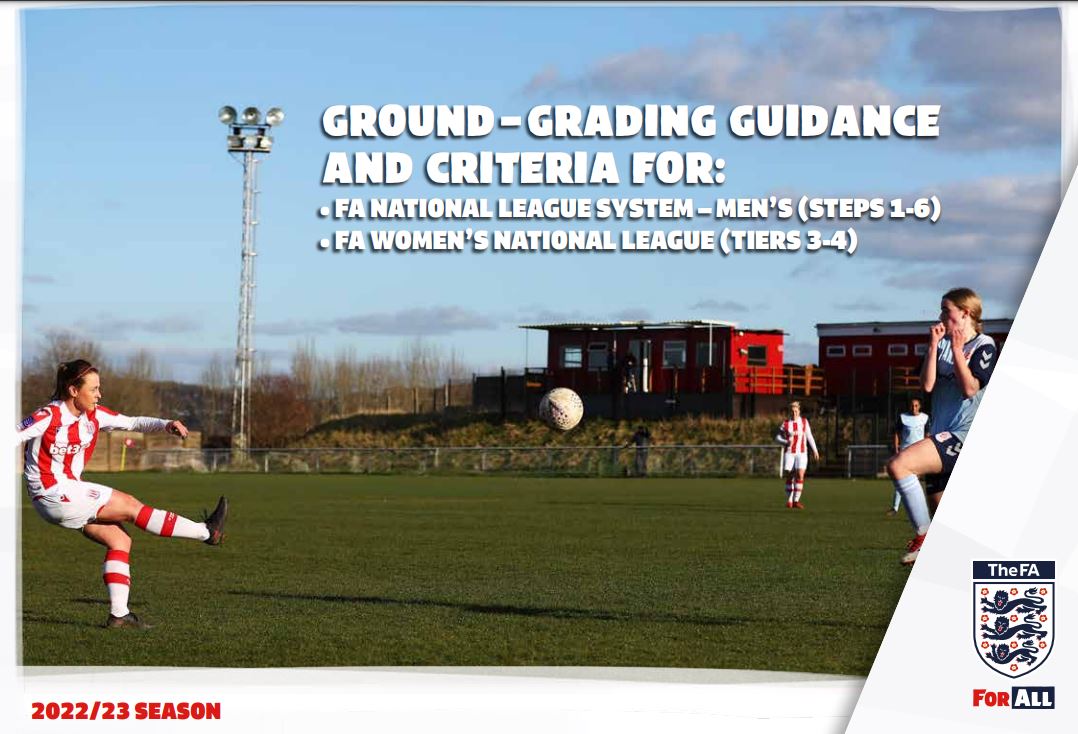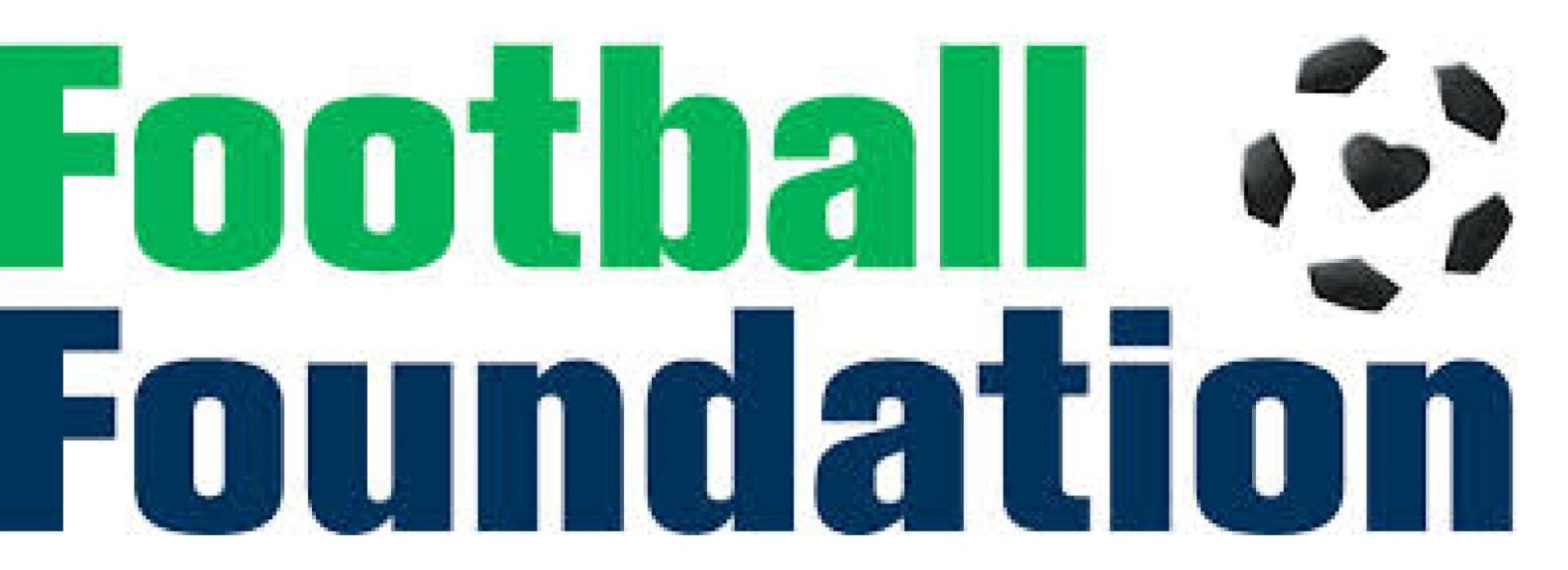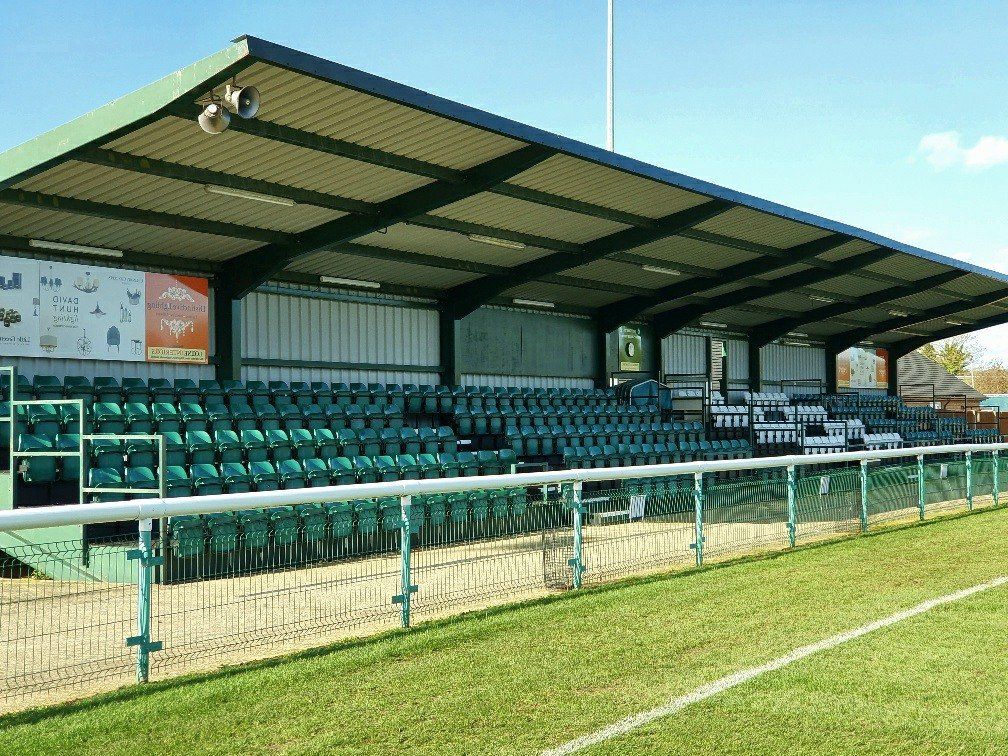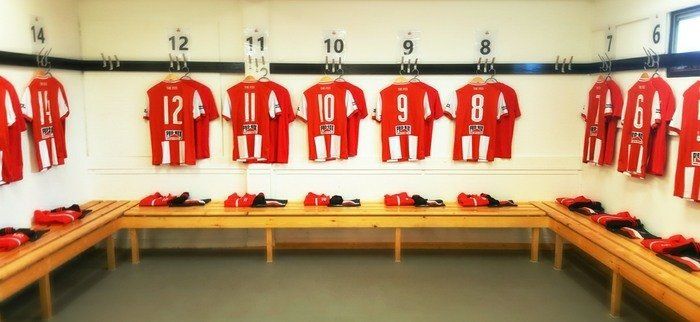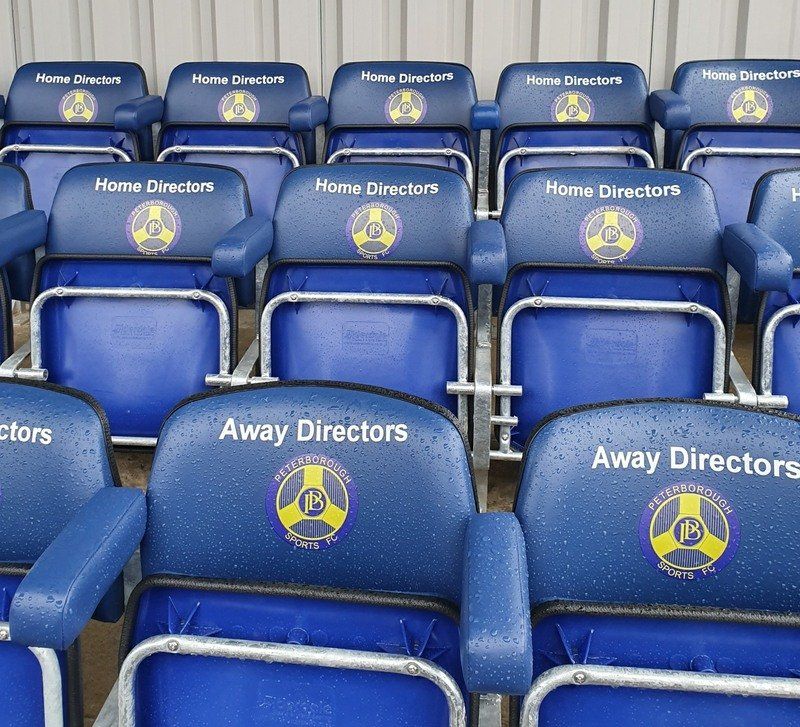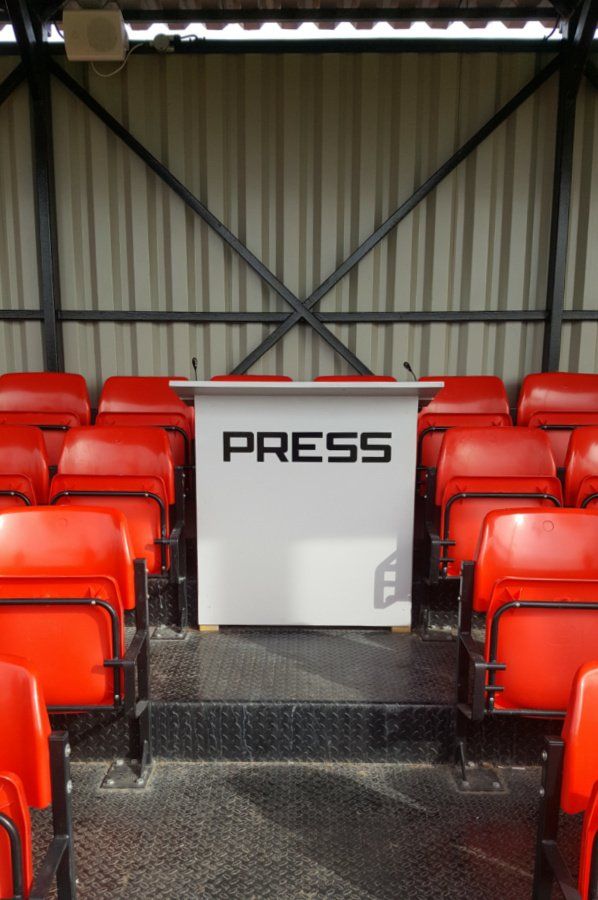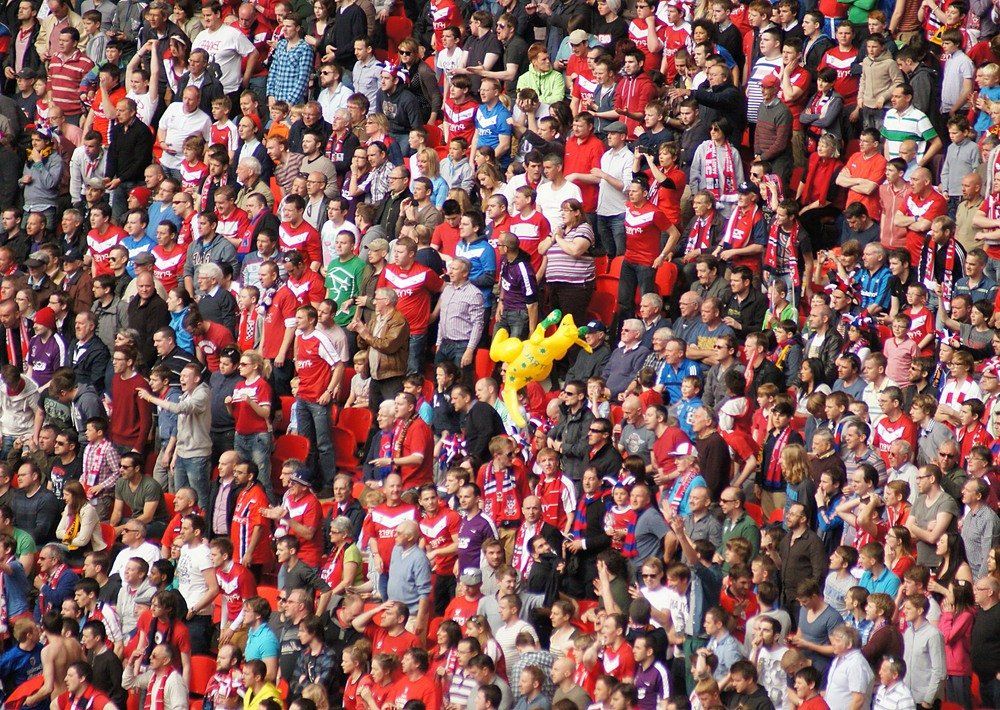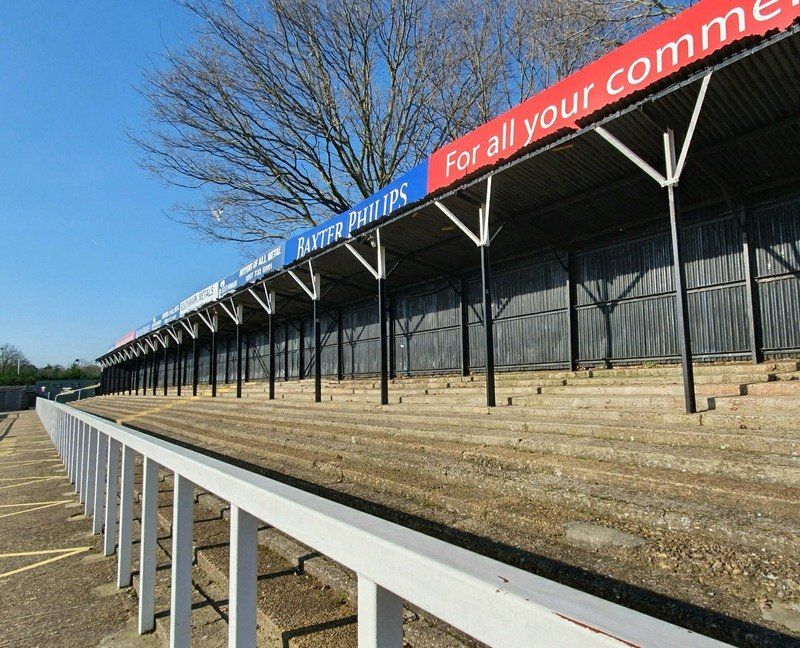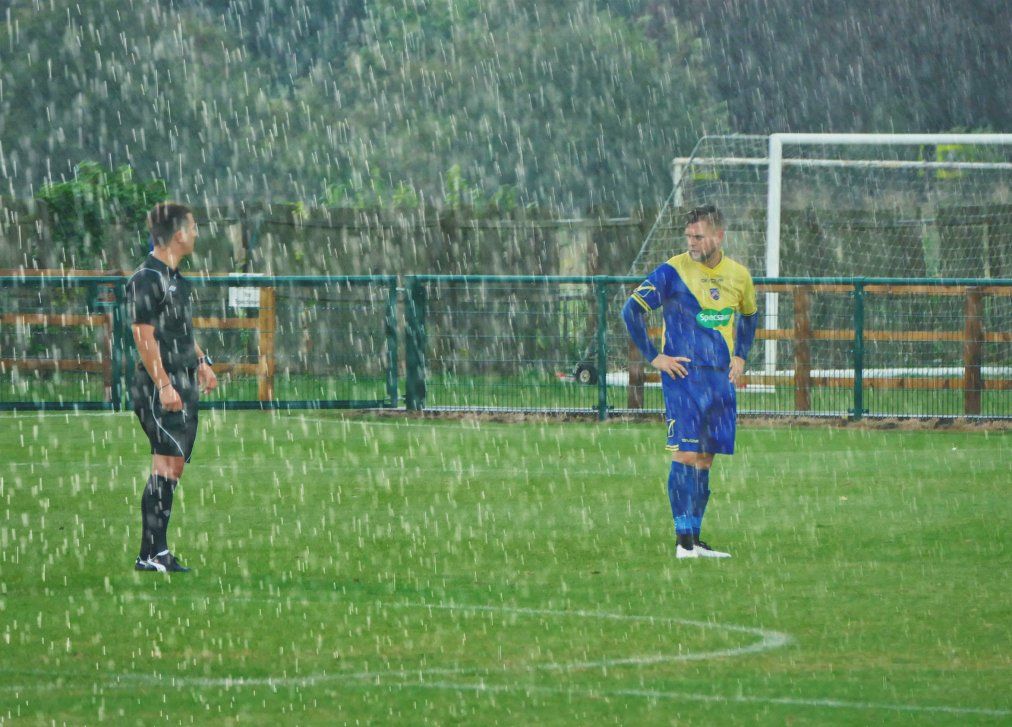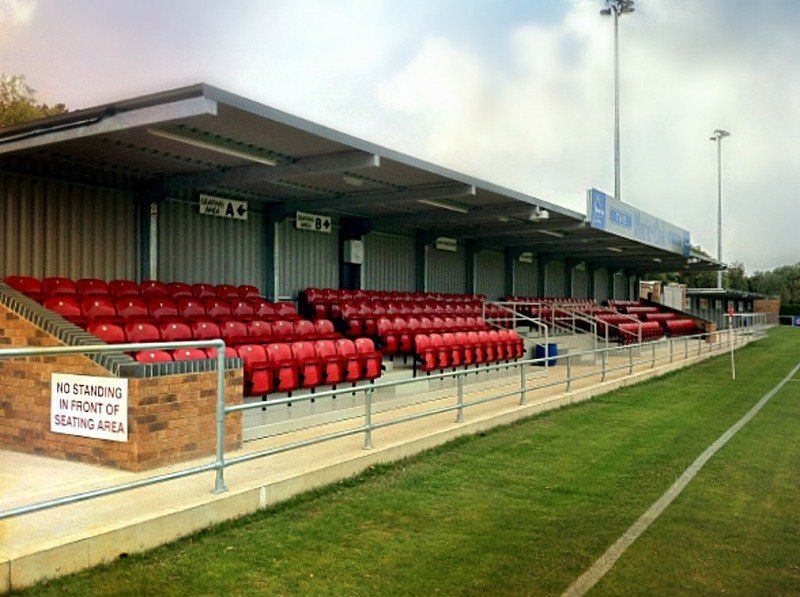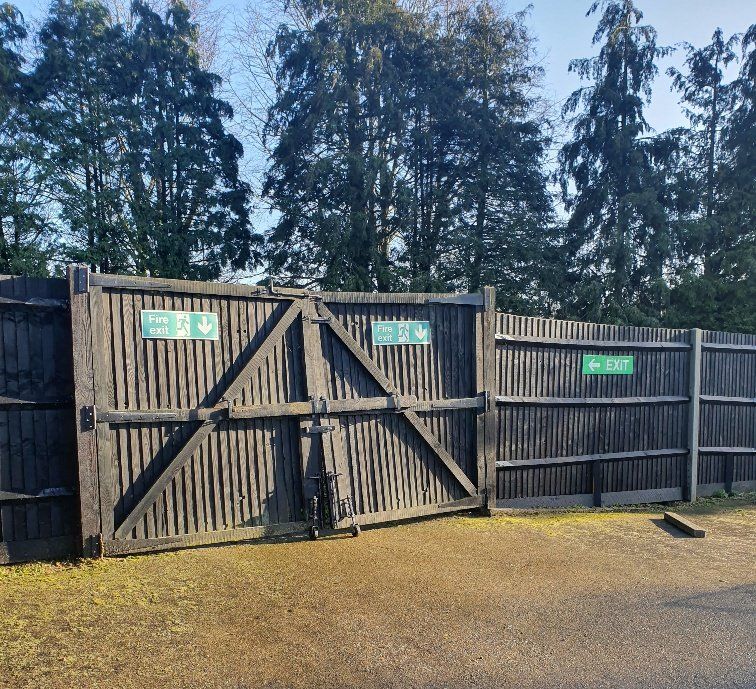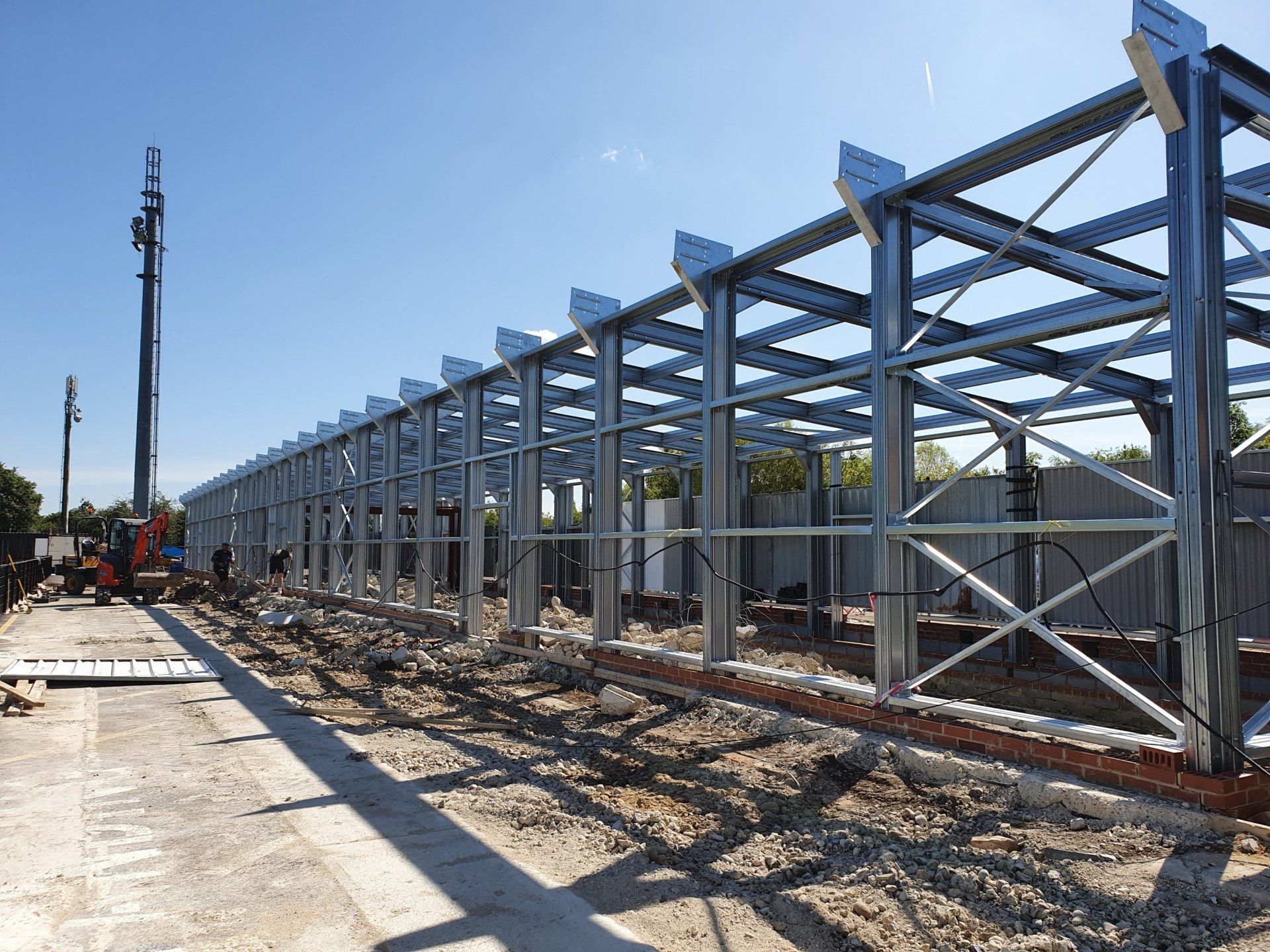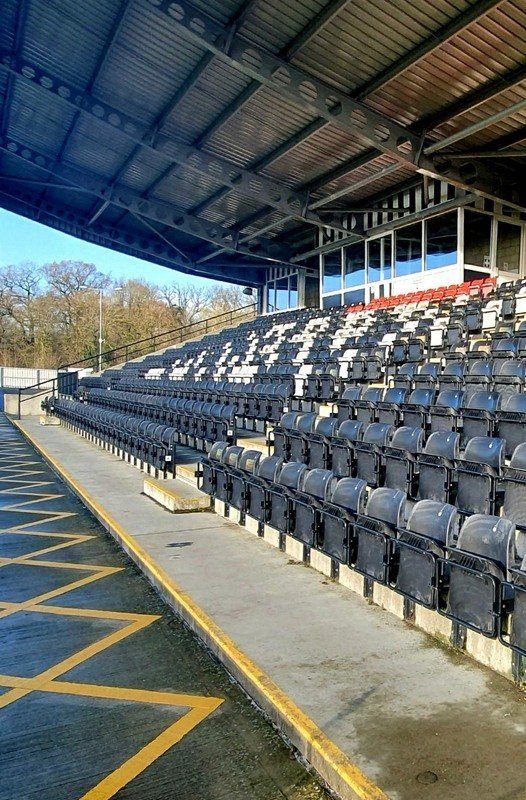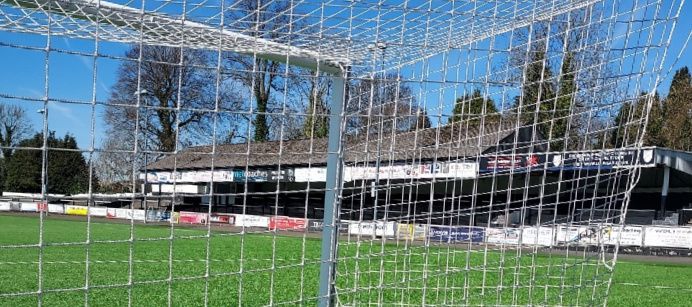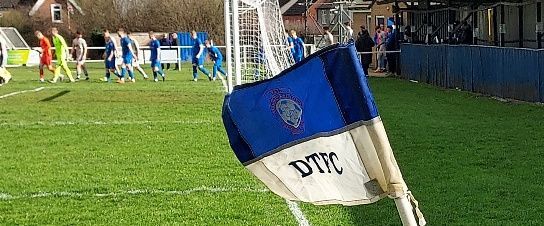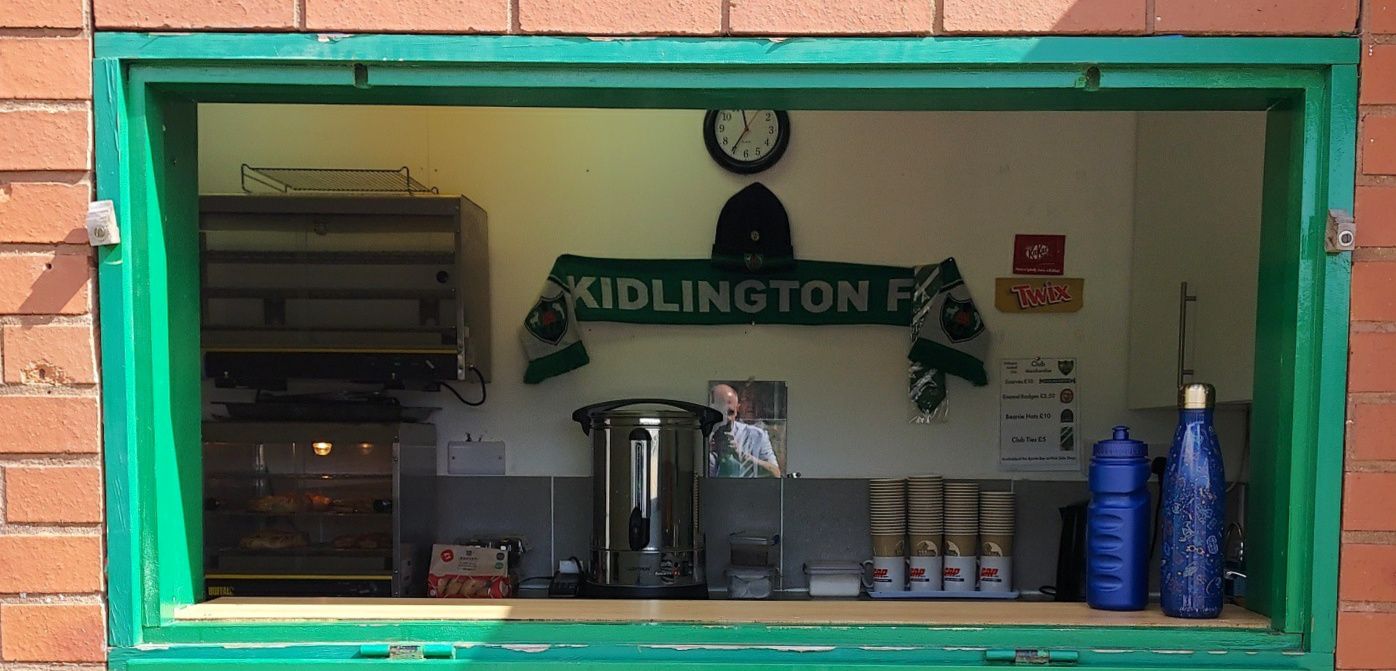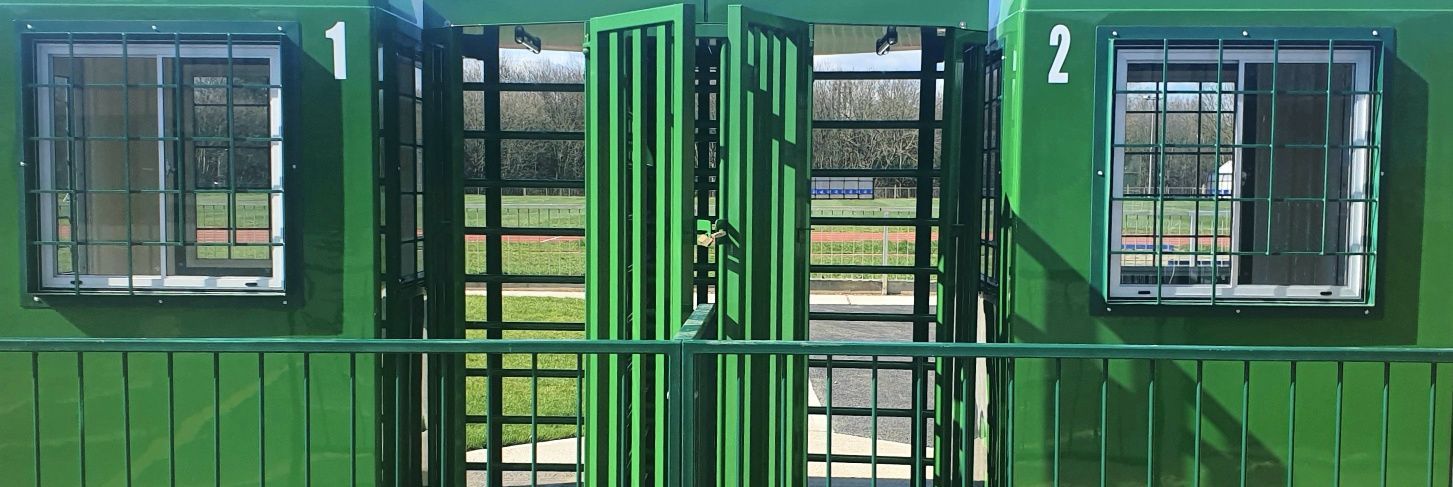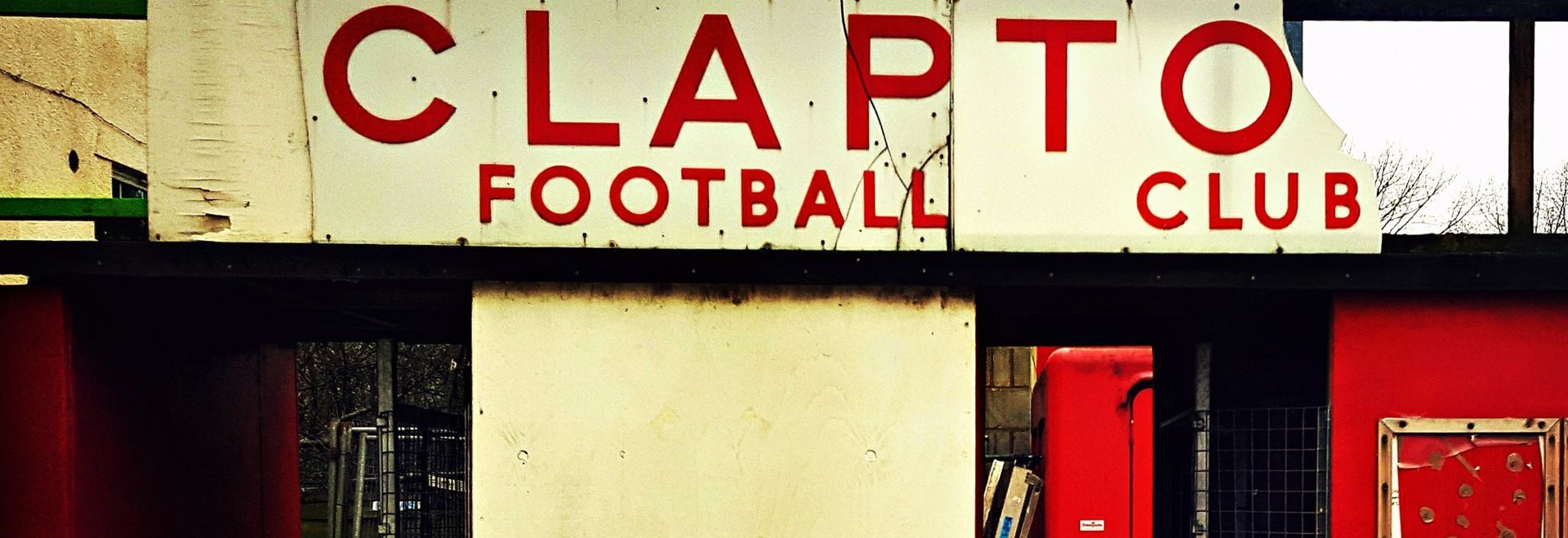groundgrading.co.uk
Everything you need to know about National Leagues
System FA & League Ground Grading
APRIL 2024 - FIRST IMPRESSIONS
The roll out of the Stadium Power app for Ground Grading across The National League System has finally dropped and here we are just beyond grading deadline day with some time to reflect on the lessons learned from inspecting nearly a thousand grounds since the start of the season.
It's certainly been an ambitious introduction to the new national facilities app that doubles as the stadium accreditation program that in name replaces ground grading. What I am not certain about is why almost every ground in the NLS had to be inspected in such a short time frame of 3 to 4 months? It surely could not be in the name of fairness to all as the app is designed to replicate the requirements of traditional ground grading. In theory the app could have been rolled out over a three year cycle (again replicating the ground grading inspection cycle) and the enormity of the data gathering spread evenly. No club would have had advantage or disadvantage by being in phase 1, 2 or 3. This could have offered more time to get everything right, first time around and avoid the avalanche of workload the truncated route has undoubtedly created.
Notwithstanding the above the mass roll out of the Stadium Power app has been a success in terms of giving it a thorough workout and getting to the heart of what should and should not be a part of it. Crucially, it opens the door for the debate on elements of grading and how to keep it fresh and relevant for the times we live in. Cashless entry for example is becoming more and more prevalent and ground grading needs to reflect this. Turnstiles that are unmanned barcode readers have a throughput must faster than the traditional pay type and so in order to meet the capacity requirements for each Grade do we still need as many turnstiles? It's certainly open for discussion because capacity of a ground hangs on entry, holding and exit calculations with turnstiles (pay type) currently calculated at 660 persons per hour throughput with a one hour period allowed for. There are many other examples of how grading may evolve moving forward as societal changes influence how we go about our day to day business. Football clubs as a business will absolutely keep up with those changes and the administration and compliance of football will undoubtedly have to also. The good news is that the new Stadium Power app is set fair to take advantage of its dynamic and powerful tools to help make this happen.
Anything that we are used to, live with and enjoy moaning at regularly is still incredibly difficult to change, because we are naturally change averse. And whilst ground grading has never been seen by clubs as a friend, the new Stadium Power app should be. It's range of features, once fully available could be a boon to clubs (and Leagues) and make the process of ground compliance much more engaging, self supporting and yes, friendlier.
All that remains is for this app to hone its undoubted power further, for the humans delivering it to be better than it and for clubs to understand that deadlines are deadlines! The first 9 months of Stadium Power will certainly be its most challenging, but despite the ridiculous pressure loaded on it, it has survived and already developed to be faster and better. And it will only get better as the maelstrom withers and we can get back to a proper 3 year cycle for ground inspections.
I'm looking forward to seeing the direction it takes but most of all the debate about compliance that its introduction has already kicked off.
MAY 2023 - DIMINISHING ASSETS
The increasing level of ground shares in the National League System is a huge concern. Metropolitan areas like London have a dearth of compliant grounds for clubs to use and even less where they can be a sustainable entity. Whilst The Foundation Hubs that have popped up around the country serve a need, it really is not one that serves NLS clubs that well, in my opinion. Increasingly, Leagues especially at Steps 5 & 6 are dealing with ground share members. And there seems no end to the problem. We have even seen a piloted 4 way ground share!
The model of Hubs leaves any local NLS club using that pitch as basically a pay as you play renter. Income for the club is limited to turnstile money and a raffle. The burger bar, the clubhouse and any such secondary spend income is denied. Indeed, I know of Hubs that demand up to 80% of any commercial income the club can generate through pitch-side boards. Sustainability and growth through own endeavour is not synonymous with the Hub Model at present, sadly.
Whilst a Hub is a secondary option for an NLS club, it is at least an option. Many clubs just don't even have that. Opportunities to reclaim deserted grounds and overgrown pitches are wasted though as metropolitan Local Authorities look to sell off their sporting assets for housing and income. Where there is a running track with a pitch available, the lack of investment often means that these facilities are not at the standard required for NLS football. Indeed one only has to look at the Olympic legacy travesty that is the Community Ground abutting the London Stadium where West Ham play, to see that poor planning, indifferent consultation and bottom line accounting have left local NLS clubs who desperately need a ground left out in the cold. The word legacy here is just heartbreaking. However, if all stakeholders sat down and used the plan already laid out, some money invested here could bring immediate dividends to the local community clubs and their supporters.
And this is the way forward for football pitches and grounds in metropolitan areas that are coming under increasing pressure. The Foundation/Premier League Stadium Fund could buy these spaces and offer some grants to help local clubs to develop them for themselves and to earn the income from them on a manageable lease. Co-production and club partnerships are a great way forward. And until we look in this kind of direction (to save and expand sustainably our crucial football assets) then clubs will continue to struggle to find a home or fold completely. Ground share numbers will only continue to mount and communities will continue to have to watch their local team play tens of miles away. This cannot be the right way forward and we need to perhaps take a different journey with big project funding.
MAY 2023 - THE FUTURE FOR GROUND GRADING?
The Football Foundation/Premier League Stadium Fund takeover of Ground Grading has already been delayed by a season, but finally looks all set to start operations on a massive scale in early July 2023. Populating the facilities app will be a major priority and Step 5 and 6 clubs will be the first port of call, to my mind. I do believe there is an underestimation though at how poor the facilities are compared to the Grade requirement at these Steps. I do hope that real time advice and assistance will be offered to clubs, beyond just populating the database.
APRIL 2023 - SHOULD DEADLINES HAVE MEANING?
The close of the 2022/23 Ground Grading season has seen the ramifications of a previous and some would say, incredulous Independent Appeals Panel decision come home to roost (2021/22 season). To the chagrin of many clubs who abide by the Grading Documents and the set deadline, a few clubs have found themselves with dispensations beyond 31st March. A major tenet of the whole process has had a stake driven through it?
Without a deadline that has any real meaning, the system will start its descent into one that will eventually be ungovernable. That is the worst case scenario and I am indeed all in favour of common sense when a bigger picture of development at a ground is taken into account. But, what clubs will not tolerate is seeing another club spend money on players during a season, only to then claim a lengthy dispensation in order to fulfill their Ground Grading obligations. The Appeals Panel need to take note of the potential consequences of their actions.
GROUND GRADING - THE OFFICIAL FA HANDBOOK
2022/23 SEASON - Ground Grading is moving. Whilst The FA will be responsible for document content, criteria and appeals, the day to day running of the process is moving to The Football Foundation/Premier League Stadium Fund. Steps 5 & 6 will now come under this centralised control, where previously they had run their own inspection process working to the official FA documents. This led to many grounds at Steps 5 & 6 falling short of the criteria and creating anomalies in the system.
Note - The Grading/Inspections move to the Football Foundation has clearly been a drawn out one and will not now be in place until the start of 2023/24 season.
The process will be similar for all Step 1 through 4 Leagues as it is now, the big difference (apart from those doing the inspections) is that The Foundation are to introduce a facilities App. Inputting the data for every NLS ground will provide The Foundation & FA with a comprehensive grounds database for both the men's and women's game. It is believed that clubs will be encouraged to upload their own data and effectively control their Grading status. Whether that works in reality is going to be interesting to see!
These changes and the need for a national database are a part of the Ground Grading Review conclusions. The conclusions have not been published, but we will see the feed from it during the next few seasons.
By way of some kind of launch for it all, The FA have issued a Ground Grading Handbook to replace the old Grade level individual documents. Some may find this booklet interesting and some may find it confusing, but now one document covers the varying requirements for all Grades. In short, the Grade designations have changed from alphabetical to numeric and the interim Grade on entry to Step 4 has been removed, meaning a bit of a Becher's Brook has now opened up again for required facilities in the first year of promotion to Step 4.
This is unhelpful to clubs who will have less time to be compliant (time frame effectively halved) for a host of additional facilities that are required at Step 4, including the larger dressing room sizes. The answer is perhaps to let any ambitious Step 5 club tap into an amount of Step 4 grant monies in order to be ahead of the game and ease infrastructure costs over a period of time. This would allow for better financial management, better projects, planned better and clubs getting their facilities up to speed before unleashing promotion on their budget. The Foundation though have shown a preference for existing protocol over forward ground management.
Amendments and corrections to the new booklet will be available for the 2023/24 season. Until then double check your requirements with your League Development Officer.
